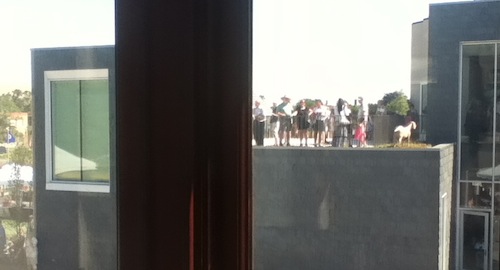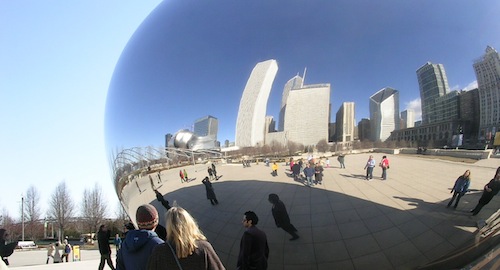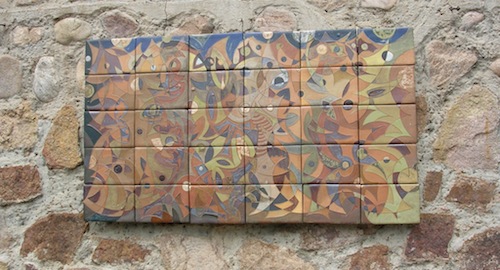The American Swedish Institute, located here in Minneapolis, held a Grand Opening of its new wing this past weekend. In this Scandinavian-dense city, the ASI has acted for many years as a cultural center for all things Swedish, hosting museum exhibits, dinners, classes, festivals, a gift shop, and so on, in its "Castle" on Park Avenue, which was originally built in 1903 as the mansion of Swedish-American newspaper publisher.
The new wing is new in every way. "Green," sleek, light to the Castle's dark. My husband and I stopped in for the opening just as a group of students from a local grade school were performing a Native American Indian dance in its performance hall, which is an indicator of what else is new. The ASI's vision is expanding to include multicultural programming in recognition of the multicultural reality that is now this metropolitan area, particularly the neighborhood in which the ASI stands
My husband and I found this interesting: By looking at the original Castle from the vantage point of the new wing, you can see and appreciate it from a perspective you never could before when this land was a parking lot. Similarly, the best way to get a full view of the new wing is to stand facing it from a window on the upper floor of the Castle.
Looking back; looking forward.
Before we left, we drank coffee and split a cardamom roll, sitting in a shady corner on the courtyard, in the space between the old and the new.








